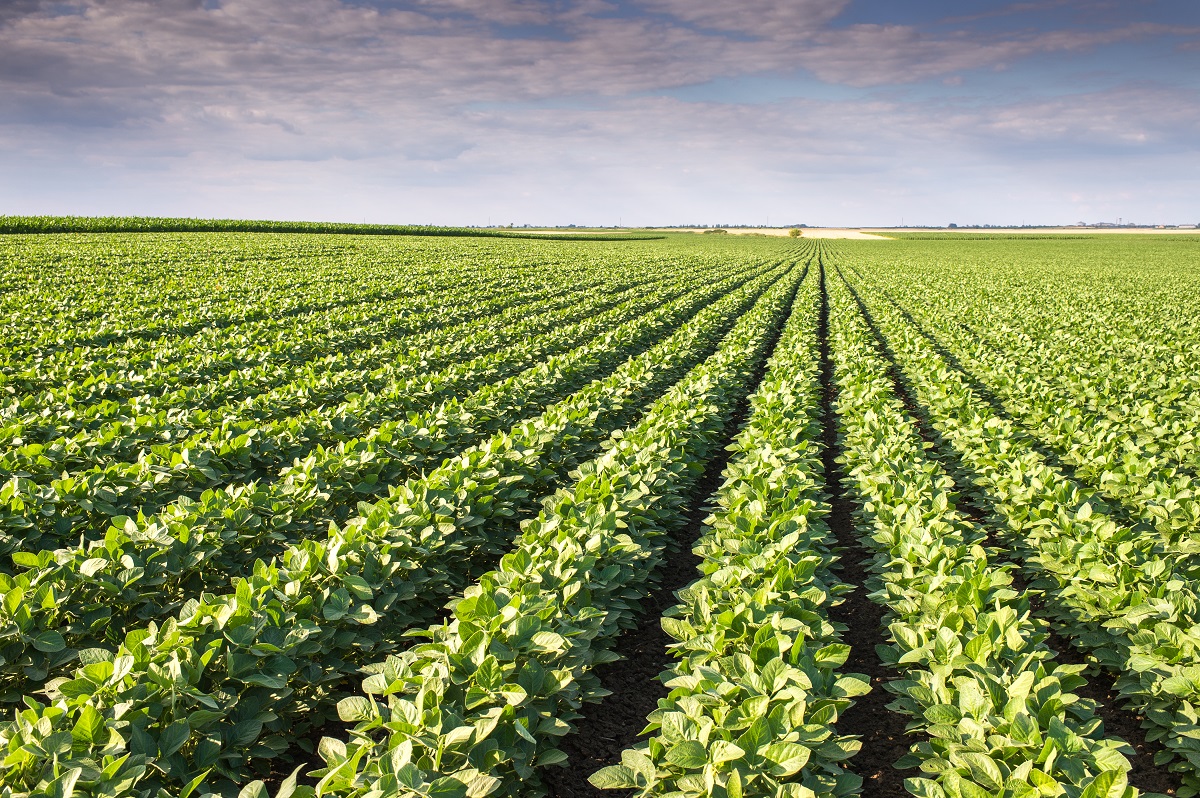
Inheritance Patterns of Transgenes in a Series of CRISPR-Cas9 Soybean Lines
February 26, 2020| |
University of Minnesota scientists investigated the inheritance patterns of three different CRISPR-Cas9 transgenes and their respective induced mutations in segregating soybean families and found that segregation patterns can be affected by several potential mechanisms. The findings are published in BMC Biotechnology.
Similar to other plant species, the prevailing genome editing techniques in soybean are initiated by stably transforming a gene that encodes an engineered nuclease into the genome. During transformation, the transgenes in T0 plant are expected to be unlinked to the targeted mutation and the targeted mutation and transgene should independently sort into the T1 generation following Mendellian inheritance. However, this is not always the case. Thus, Robert Stupar and colleagues analyzed the inheritance patterns of three soybean events involving CRISPR-Cas9 gene editing. Resequencing of four T0 plants and four T1 plants, together with the assessments of the segregating families, showed both predicted and unexpected patterns of inheritance among the various lineages. The unexpected patterns observed were: (1) a family in which T0 transgenes and mutations were not transmitted to T1progeny; (2) a family with four unlinked transgene insertions, including two respectively located at paralogous CRISPR target break sites; and (3) a family in which mutations were observed and transmitted, but without evidence of transgene integration nor transmission.
According to the researchers, the segregation patterns were affected by various mechanisms including linked transgene integrations, editing of intended and paralogous targets, linkage between the transgene integration and target site, and transient expression of the editing reagents without transgene integration into the genome.
Read more findings in BMC Biotechnology.
| |
You might also like:
- Pocket K No. 54: Plant Breeding Innovation: CRISPR-Cas9
- Biotech Crop Annual Updates - Soybean
- Rise of the First Gene-edited Soybean Welcomes New CRISPR Foods
Biotech Updates is a weekly newsletter of ISAAA, a not-for-profit organization. It is distributed for free to over 22,000 subscribers worldwide to inform them about the key developments in biosciences, especially in biotechnology. Your support will help us in our mission to feed the world with knowledge. You can help by donating as little as $10.
-
See more articles:
-
News from Around the World
- FAO Director-General Emphasizes Biodiversity's Role to Food Systems
- Svalbard Global Seed Vault Receives Big Seed Deposit from 35 Genebanks
- Uganda's Ministry of Health Officials Urge Government to Pass Biosafety Law
- Researchers Turn to Exotics to Uncover How Corn Can Adapt Faster to New Climates
- Adapting Photosynthesis to Fleeting Shadows Boosts Soybean Yields
- USDA Targets to Halve US Environmental Footprint, Boost Production 40% by 2050
- Biologists Develop Defense to Fight Crop Infections
- Experts Suggest Consideration of Familiarity for ERA of GM Soybeans in Japan
-
Plant
- CRISPR Helps Determine Sorghum's Ability to Hide from Plant Pest
- Inheritance Patterns of Transgenes in a Series of CRISPR-Cas9 Soybean Lines
-
Read the latest: - Biotech Updates (December 10, 2025)
- Gene Editing Supplement (December 17, 2025)
- Gene Drive Supplement (February 22, 2023)
-
Subscribe to BU: - Share
- Tweet

